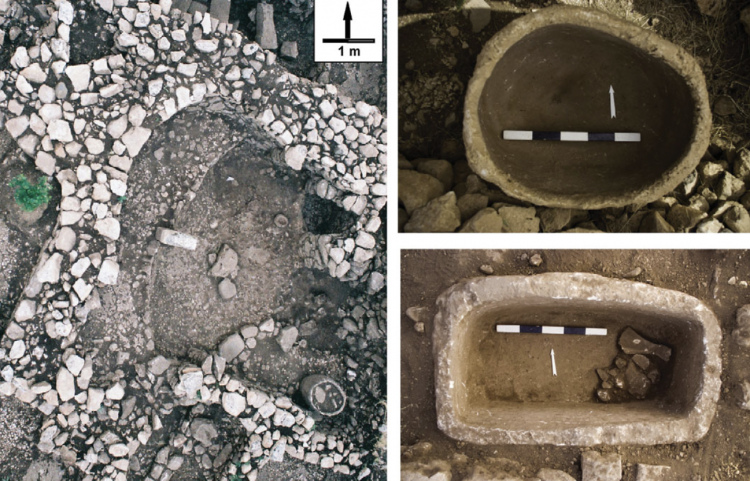It's been about 10 years since more than 90% of Nova Scotia's bat population died due to 'one of the worst wildlife diseases in modern history'
Researchers believe that bats native to Nova Scotia are recovering after a fungus disease nearly killed off the entire population 10 years ago.
Prior to 2011, it was common for many people to step outdoors in Nova Scotia and encounter bats.
However, a fungus was introduced to North America causing bats across Canada and the United States to develop white-nose syndrome.
Lori Phinney, a wildlife biologist with Nova Scotia's Mersey Tobeatic Research Institute, said the disease killed more than 90 per cent of the province's bat population between 2011 and 2013. Across North America, that disease has killed millions of bats.
"It was quick, it was fast and the bat population just plummeted," she told NEWS 95.7's The Rick Howe Show. "Now, we've been doing some monitoring to check how those bats are doing."
The Mersey Tobeatic Research Institute handles the province's bat conservation website, and Phinney said there have been very few reports of bat sightings over the past decade — but that's been changing.
"Recently, with some of the places we've monitored and from the public, we think this is a really good year for bats," she said. "We're actually seeing some of the colonies we monitor ... the numbers are a lot higher. So, we think that it's a good year for bats and that the public might be seeing them more often."
In 2018, Nova Scotia's largest known bat colony had a population of around 380. This year, that number grew to around 600.
Another site had 157 bats this year, up from 58 the previous year.
Phinney said the colonies are of female bats and their pups, and they usually live in bat boxes, sheds, attics and, sometimes, trees.
While this could be evidence of the bat population recovering, it's also possible that bats in Nova Scotia are just gathering at fewer sites.
Either way, Phinney said it'll likely be a long time for the population to make a full comeback.
"This is probably one of the worst wildlife diseases in modern history," she said.
White-nose syndrome causes the bats to wake up during hibernation. Since there are no bugs for them to eat during the winter, the bats usually die.
"With bats, what's going to happen with them is we're not going to see this rebound really quickly. Although it's been about 10 years — almost — since the population dropped off, they only have one pup per year."
Nova Scotia has three main species of bats that hibernate, and they're the main species the institute is monitoring: the little brown bat, the northern myotis and the tri-coloured bat.
Phinney said bats are important to the local ecosystem because they eat a large number of insects, and they act similarly to barn and tree swallows.
Since the province's bat population is so low, Phinney said every single bat a person sees is important to saving the population.
People who do see a bat are urged to report it on the institute's bat conservation website so it can track where people are seeing bats.
At the minimum, people should report the location and time of where they saw the bat. But including information on what the bat was doing, other comments and photos can also be helpful.














